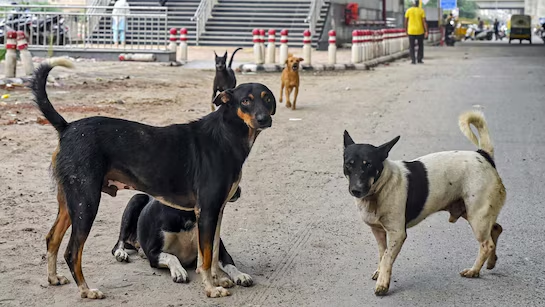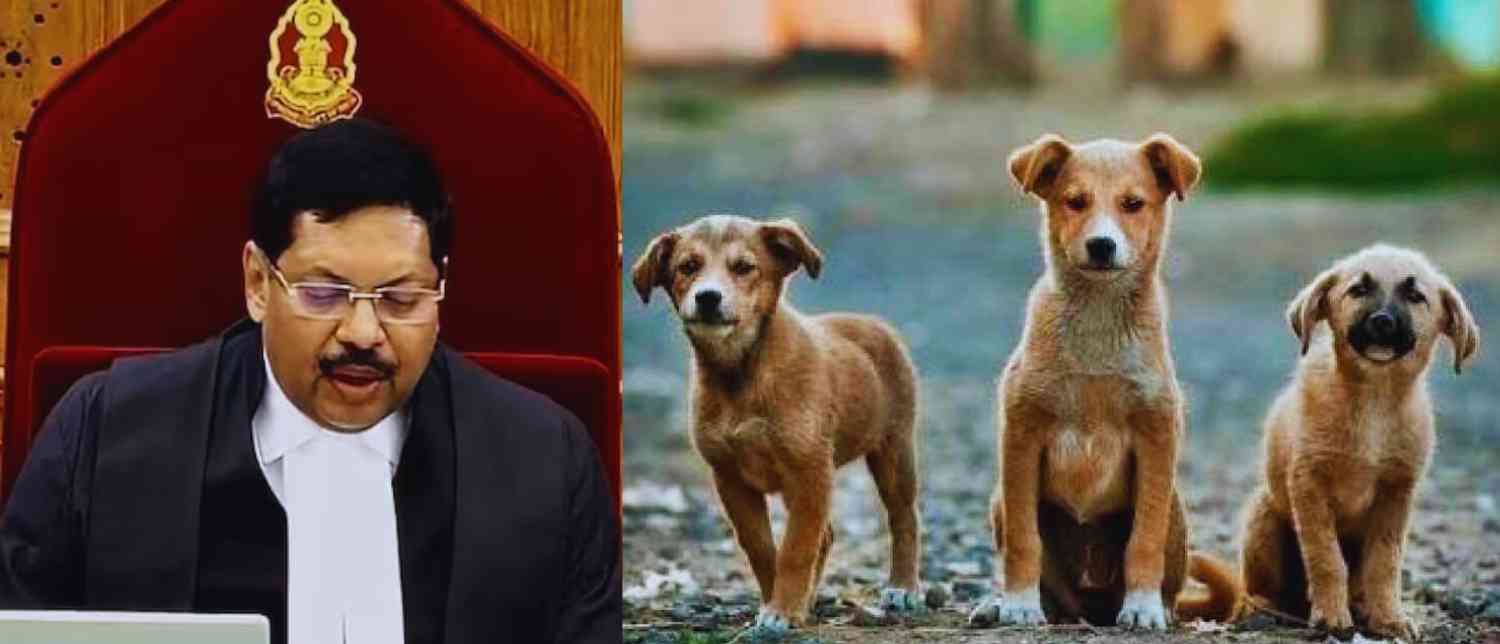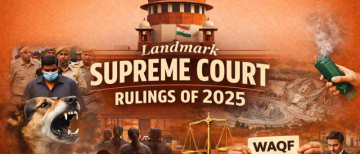On August 13, 2025, Chief Justice of India (CJI) BR Gavai assured that he would personally look into the contentious issue of stray dogs in the Delhi-NCR region after the matter was urgently brought before the Supreme Court. This development follows a recent order from August 11, 2025, by a Supreme Court bench directing authorities to permanently relocate all stray dogs from residential areas to shelters within six to eight weeks, citing rising public health concerns including dog bites and rabies risks.

The current plea, mentioned by a lawyer for the Conference for Human Rights (India), references an earlier Supreme Court order from May 2024 by a bench led by Justice J.K. Maheshwari. That 2024 order had relegated petitions concerning stray dogs to respective High Courts and emphasized that there should be no indiscriminate killing of strays. It stressed the constitutional obligation to exhibit compassion towards all living beings and mandated sterilization and vaccination under the Animal Birth Control (Dog) Rules, 2001. The plea contends that these rules are largely not being followed, contributing to the growing stray dog population without adequate medical management.
The August 11, 2025, bench headed by Justices J.B. Pardiwala and R. Mahadevan took suo motu cognizance of media reports and public concern over an “extremely grim” situation caused by dog attacks, including incidents leading to fatalities. It ordered civic authorities in Delhi to immediately relocate stray dogs to shelters, starting with the creation of facilities to house about 5,000 dogs, warning that any obstruction to this drive could invite contempt of court proceedings.
This directive sparked significant debate across multiple stakeholders. Resident Welfare Associations have supported the order, emphasizing the safety of children and elderly residents who face risks from aggressive packs of stray dogs. On the other hand, animal welfare organizations and dog lovers express concern over the humane treatment of dogs and the feasibility of vaccinating and sterilizing large populations without resulting in cruelty or abandonment. Many point out that the Supreme Court's directive seems to override existing animal welfare laws, creating a legal conflict between public safety and animal rights.

Critics note that the court may be encroaching beyond its interpretive role into policy-making by demanding such sweeping measures, while advocates for public safety argue that these steps are necessary to protect millions of residents from the threat of rabies and aggressive dog behavior, which have not been sufficiently addressed by earlier regulations.
CJI Gavai’s assurance to look into the plea suggests a possibility of reconciling these conflicting perspectives by revisiting previous orders and ensuring a balanced approach that safeguards public health without compromising animal welfare. The case highlights the delicate challenge faced by urban authorities: managing growing stray dog populations in a way that respects constitutional values of compassion while addressing escalating community safety concerns.
Given the complexity and sensitivities around this issue, the Supreme Court’s next steps will be closely watched by all parties involved—government bodies, animal rights activists, residents, and legal experts—as the court navigates the fine line between humane treatment for animals and the safety and rights of the human population in densely populated urban areas.
This ongoing legal and social discourse underscores the broader question of how India’s cities accommodate animal welfare within the framework of public health, necessitating solutions that are compassionate, practical, and sustainable for the future.
With inputs from agencies
Image Source: Multiple agencies
© Copyright 2025. All Rights Reserved. Powered by Vygr Media.





















